How To Check If Your Logo Is Unique & Unused

Source: VASK Studio, Mether Brand Identity, Dribble, https://dribbble.com/shots/18116311-mether-Brand-Identity
A logo is more than just a visual representation of your brand; it embodies your identity and sets you apart in a crowded marketplace. As such, verifying that your logo is both unique and unused is crucial to establishing a strong and distinctive brand presence.The importance of a logo's originality cannot be overstated. An original logo enhances brand recognition, builds customer trust, and ensures legal safety from copyright and trademark infringements. However, with millions of logos in existence and countless more being created every day, how can you ensure that your logo is truly one-of-a-kind?
This article will guide you through the essential steps to check if your logo is indeed unique and unused. From leveraging reverse image search tools and consulting design professionals to exploring trademark databases and engaging with your audience for feedback, we will cover all the necessary bases to help you secure your logo’s uniqueness. This comprehensive approach ensures that your logo not only represents your brand effectively but also maintains its legality and originality in the marketplace.
Research Your Industry
In the quest to ensure that your logo is unique and unused, conducting thorough industry research is indispensable. This step involves a deep dive into the visual landscapes of your industry to identify common themes, colors, and iconography already in use. By understanding these elements, you can craft a logo that not only stands apart but also resonates with your target audience.
Begin by examining your direct competitors. Visit their websites, marketing materials, and social media platforms to study their logos. Take note of the design elements that are recurrent among your competitors. Are there common colors or symbols? What fonts do they tend to use? Analyzing these factors will help you avoid design clichés and ensure your logo brings a fresh perspective to familiar visuals.
Additionally, consider the broader industry beyond your immediate competitors. Industry publications, trade shows, and professional galleries can provide a wider view of the design trends that are currently appealing to customers in your field. This broader perspective can inspire innovative design approaches that still adhere to industry standards, ensuring your logo is both unique and appropriate.
Remember, the goal is not just to be different, but to be distinctively better and more memorable. By thoroughly researching your industry, you ensure that your logo not only avoids duplication but also carries a strong, unused visual identity that can effectively represent your brand in the marketplace.
For those conducting comprehensive brand research, Radaris background check can be a valuable tool, offering in-depth information that aids in the verification process and ensures your branding is original.
Use Reverse Image Search Tools
To verify the uniqueness of your logo, leveraging reverse image search tools is a practical and efficient approach. These tools can scour the internet to find images that resemble your logo design, providing a quick way to see if similar logos already exist.
Google Images is a primary resource for this purpose. By uploading an image of your logo, Google can perform a visual search, returning results that visually match or are similar to your logo. This process helps identify any potential conflicts with existing logos that you might not have discovered through traditional research methods.
Apart from Google Images, there are other specialized tools such as TinEye and Bing Visual Search that offer similar functionalities. These platforms use advanced algorithms to analyze the shapes, colors, and patterns in your logo, comparing them against vast databases of images to pinpoint similarities.
Using these tools is straightforward: simply upload your logo, and the system will do the rest. The results can provide peace of mind or alert you to possible duplications, allowing you to modify your design before it becomes public. It’s advisable to run multiple searches across different tools to cover as broad a spectrum as possible, ensuring your logo is truly unique and unused.
Incorporating reverse image search tools into your logo validation process not only enhances your chances of maintaining a unique brand identity but also helps safeguard against unintentional copyright infringement.
Check Trademark Databases
One of the most crucial steps in ensuring your logo is unique and unused is to check trademark databases. This process not only helps in avoiding legal conflicts but also confirms that your logo is genuinely original. Trademark databases are maintained by various national and international organizations where businesses register their logos to protect their brand identity legally.
Begin by accessing your country’s national trademark office’s database. In the United States, this can be done through the United States Patent and Trademark Office (USPTO) website. Similar services are available in other countries, such as the European Union Intellectual Property Office (EUIPO) for EU member states, or the Intellectual Property India for Indian trademarks.
When searching these databases, use as many details as possible to filter the results. You can search by image, keywords related to your business, or even abstract elements of your logo. The search results will show you whether there are any registered trademarks that closely resemble your logo. If a similar logo is registered, you might need to consider redesigning your logo to avoid potential legal issues.
For international brands, it is also important to check the World Intellectual Property Organization (WIPO) database, which covers multiple countries. This ensures that your logo is unused and unique not just locally but globally. Conducting thorough searches in these trademark databases is indispensable for any business wanting to ensure their logo remains unique and legally unchallenged.

Consult with Design Professionals
When ensuring your logo is unique and unused, consulting with design professionals is an invaluable step. These experts possess the keen eye and experience necessary to identify potential similarities between your logo and existing designs, which you may overlook.
Design professionals can provide a critical analysis of your logo from various perspectives—artistic, market-wise, and legal. They are familiar with current design trends and can advise whether your logo reflects these trends or inadvertently mimics another brand’s identity. Their expertise extends to understanding the nuances of design elements that might be subject to copyright or trademark issues, providing an added layer of security.
Moreover, these professionals can offer creative solutions to modify your logo if they find it resembles another too closely. They can suggest alterations in color scheme, typography, or graphical elements to enhance the uniqueness of your logo without compromising the brand’s identity.
It is beneficial to engage with multiple designers or a design firm that has access to a broader range of tools and resources for a comprehensive review. They might use specialized software to compare your logo against a database of existing logos or provide mock-ups of how your logo would look in various real-world applications.
Ultimately, the insight provided by design professionals can not only save you from costly legal battles over trademark infringements but also ensure your logo stands out in the market as unique and unused. Engaging their services is a wise investment towards establishing a strong and distinctive brand presence.
Utilize Logo Design Software
In the digital age, leveraging logo design software is a smart strategy to ensure that your logo remains unique and unused. Many modern design programs come equipped with advanced tools that can analyze your logo against millions of existing designs, providing instant feedback on its uniqueness.
Software like Adobe Illustrator and CorelDRAW offer sophisticated graphic design tools that help in creating original logos. These platforms often integrate with online databases, allowing you to conduct real-time checks against registered and unregistered logo designs globally. Some software solutions may also include features that flag design elements commonly used in your industry, helping you avoid clichés and overly used motifs.
Moreover, there are dedicated logo creation tools like LogoMaker, Canva, or Looka that specifically cater to non-designers. These tools use artificial intelligence to generate logo options based on industry and style preferences, ensuring every design is tailor-made and stands a higher chance of being unique. They also provide the option to directly check the uniqueness of your design within the tool, streamlining the process.
By using these design tools, not only do you enhance your ability to create a visually compelling logo, but you also significantly reduce the risk of creating a logo that may inadvertently resemble another brand’s assets. The combination of creativity and technology ensures your logo is both innovative and legally safe to use.
Look for Geographical Differences
When ensuring your logo is unique and unused, it is crucial to consider geographical differences. This approach involves examining logos from various regions and cultures to avoid unintentional similarities with brands outside your immediate market.
This process starts with identifying your potential and existing markets. If your business operates or plans to expand internationally, you must check logos from those specific countries. Tools like the World Intellectual Property Organization (WIPO) provide access to international trademark databases, which can be invaluable in this research.
Understanding cultural symbols and design elements prevalent in different regions can also inform your design process. For instance, certain colors, shapes, or icons may carry significant meanings in specific cultures. By being aware of these nuances, you can create a logo that is not only unique but also culturally sensitive and market-appropriate.
Moreover, considering geographical differences can reveal opportunities for localization. A logo that can be slightly adapted to fit different markets while maintaining overall brand cohesion can be a strategic advantage. It ensures that your logo is perceived as unique and relevant in diverse markets, enhancing brand recognition and acceptance globally.
Consider Color and Font Uniqueness
When designing a logo, the choice of colors and fonts plays a crucial role in establishing its uniqueness. These elements are not just aesthetic choices; they communicate your brand's values and must be distinct to avoid blending in with competitors. Color can evoke emotions and associations that are powerful tools in branding. Choosing a unique color palette can differentiate your logo from others in the same industry. For instance, while blue might convey trust and dependability, opting for an unusual shade or combining it with unexpected colors can set your logo apart. Tools like Adobe Color can help you explore color schemes that are both unique and harmonious.
Similarly, the font used in your logo affects how it is perceived. While many businesses opt for popular fonts, choosing or customizing a typeface can significantly increase the distinctiveness of your logo. Consider working with a typographer to create a custom font that is exclusive to your brand. This not only ensures it’s unique but also avoids legal issues associated with font licensing.

Evaluate Symbolic Resemblance
Evaluating the symbolic resemblance of your logo is essential to ensure it stands out as unique and unused. This process involves analyzing the imagery, shapes, and concepts behind your logo to ensure they are not only original but also meaningful to your brand. Begin by identifying the core symbols used in your logo design. What do these symbols represent, and how are they commonly interpreted in your industry and beyond? It’s crucial to research existing logos, especially those within your sector, to avoid using symbols that are overly common or carry unintended meanings.
Consider the broader cultural and societal implications of your symbols. For example, a tree might symbolize growth or nature but could be widely used in environmental or educational sectors. To ensure uniqueness, you might combine elements in novel ways or alter traditional symbols to create a new, unique representation that still communicates your brand's message.
Also, engage with your target audience to gather feedback on what they perceive from your logo. This insight can reveal whether your logo's symbolism aligns with your brand’s identity and values and whether it stands out in the marketplace.
Use Crowdsourcing Platforms
Crowdsourcing platforms can be a powerful tool to ensure your logo is unique and unused. These platforms allow you to tap into the collective intelligence of a diverse audience, gathering insights and feedback that can help refine your logo design. Using sites like 99designs, DesignCrowd, or Crowdspring, you can host a design contest where multiple designers submit their interpretations of your brief. This process not only provides you with a variety of design options but also exposes your concept to a broad audience, increasing the chances of spotting any similarities with existing logos.
Additionally, these platforms often have large communities of designers who can flag potential issues with logo originality and offer alternative solutions. By engaging with such a wide range of creative talents, you’re more likely to end up with a logo that is both innovative and distinct.
When using crowdsourcing, clearly communicate your brand values and the need for a unique logo in your brief. Encourage participants to check their designs for originality and provide feedback on other submissions. This collaborative approach not only enhances the creativity of your logo but also serves as a preliminary check against duplicating existing logos.
Ultimately, crowdsourcing is not just about obtaining different designs; it’s about leveraging community expertise to ensure your logo stands out as unique and unused in a competitive market.
Perform a Domain Name Check
Performing a domain name check is an essential step in ensuring your logo is unique and unused. This process involves searching for available domain names that align with your brand and logo, providing a clear indication of whether your chosen brand identity is as unique as you intend.
Start by using domain registration sites like GoDaddy, Namecheap, or Google Domains to search for the primary keywords or name combinations that relate to your logo and brand. If the exact domain name is already taken, it may be an indicator that the logo or brand name is already in use, which could lead to brand confusion.
Moreover, securing a domain name that matches your brand and logo not only strengthens your online presence but also ensures consistency across your digital and physical branding. This consistency is crucial for brand recognition and can prevent potential legal issues related to trademark and copyright infringement.
If your preferred domain is unavailable, consider variations or alternative domain extensions that still convey your brand’s essence without compromising on identity. Sometimes, creative domain naming can also add a unique twist to your brand, making it stand out even more.
Conclusion
Ensuring your logo is unique and unused is essential for establishing a strong, recognizable brand. By utilizing a combination of industry research, advanced design tools, legal checks, and community feedback, you can create a logo that not only stands out but also remains legally secure. Remember, a truly successful logo is one that reflects your brand’s ethos and captures the essence of your business while being unmistakably original. Take the time to thoroughly vet your logo design, embracing the process as a critical investment in your brand’s future.
Let Us Know What You Think!
Every information you read here are written and curated by Kreafolk's team, carefully pieced together with our creative community in mind. Did you enjoy our contents? Leave a comment below and share your thoughts. Cheers to more creative articles and inspirations!


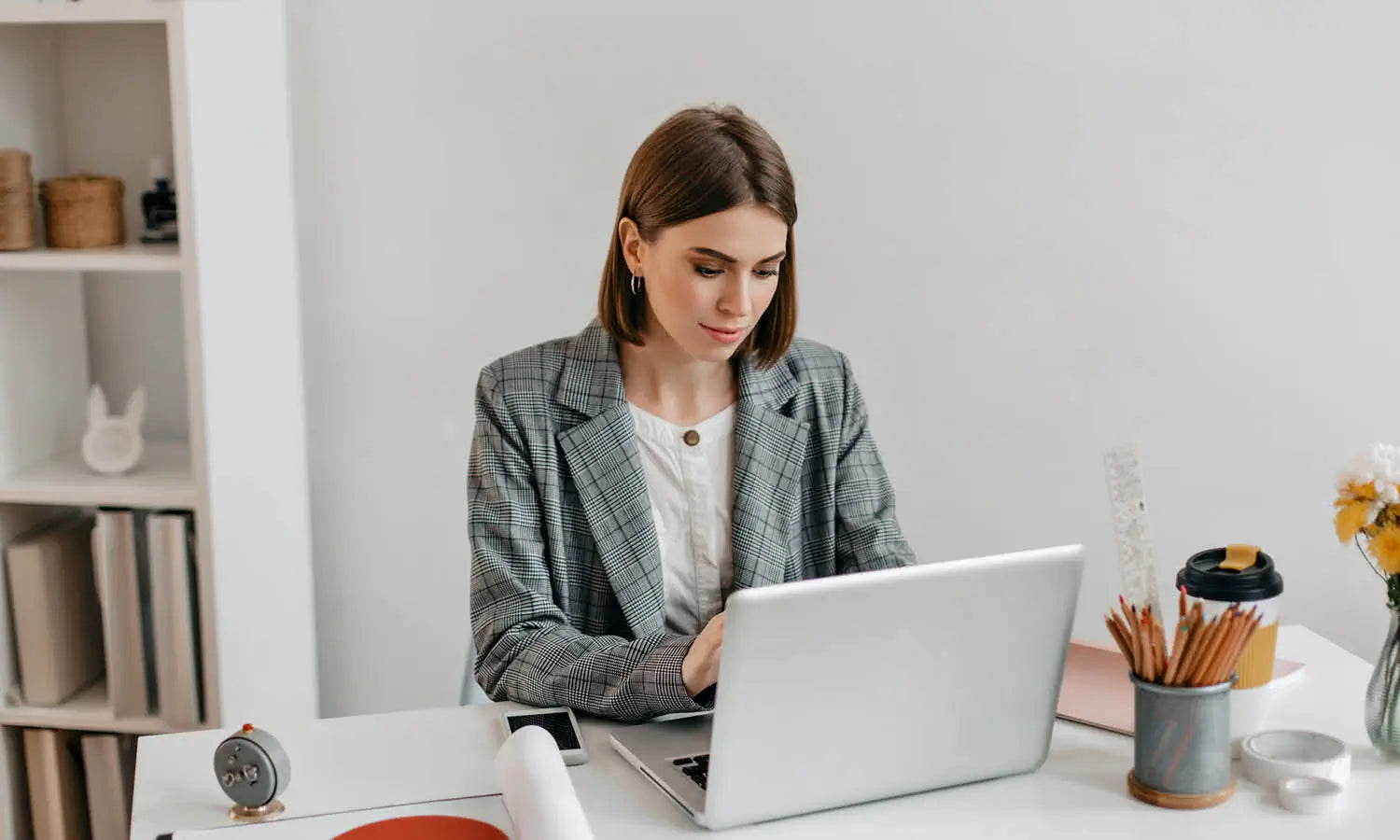
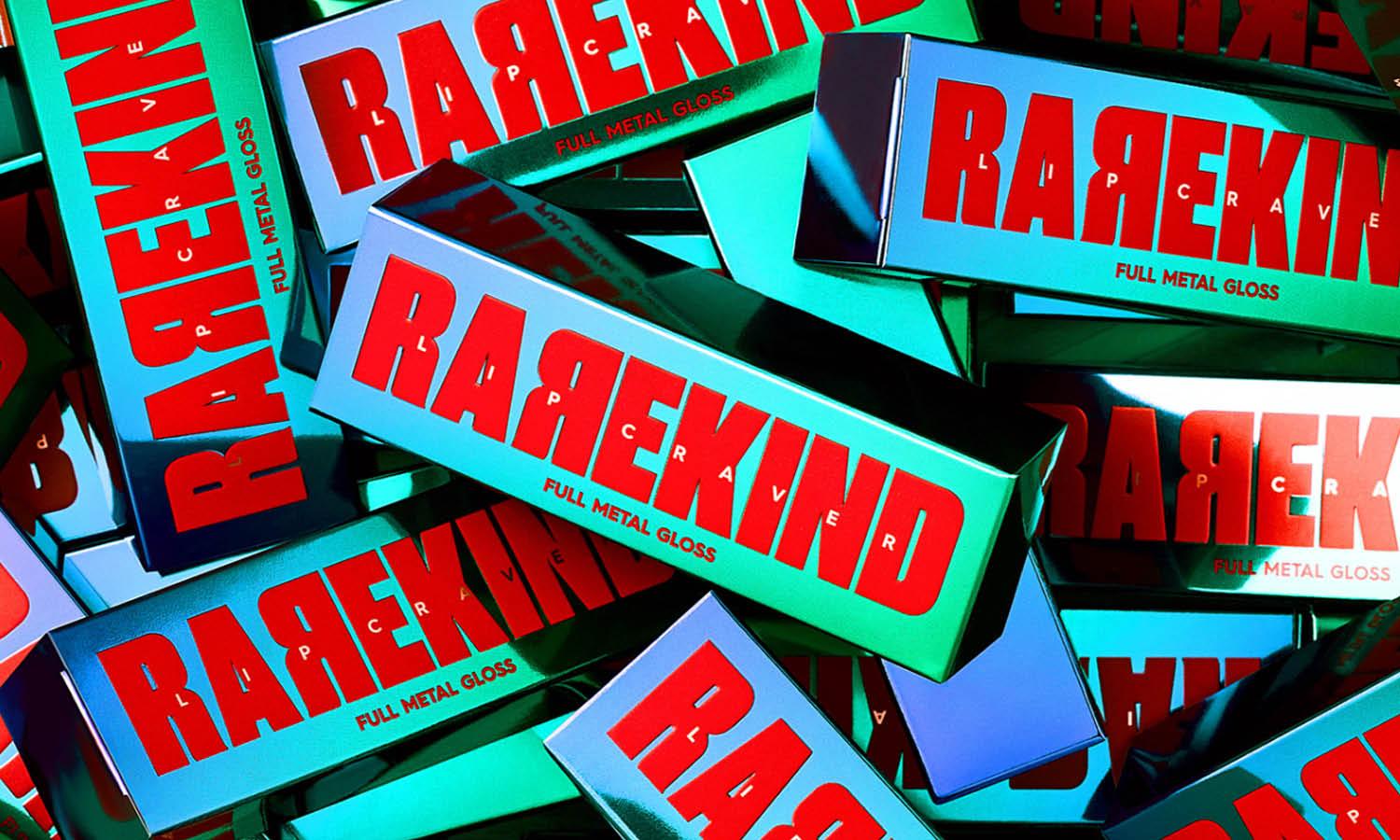
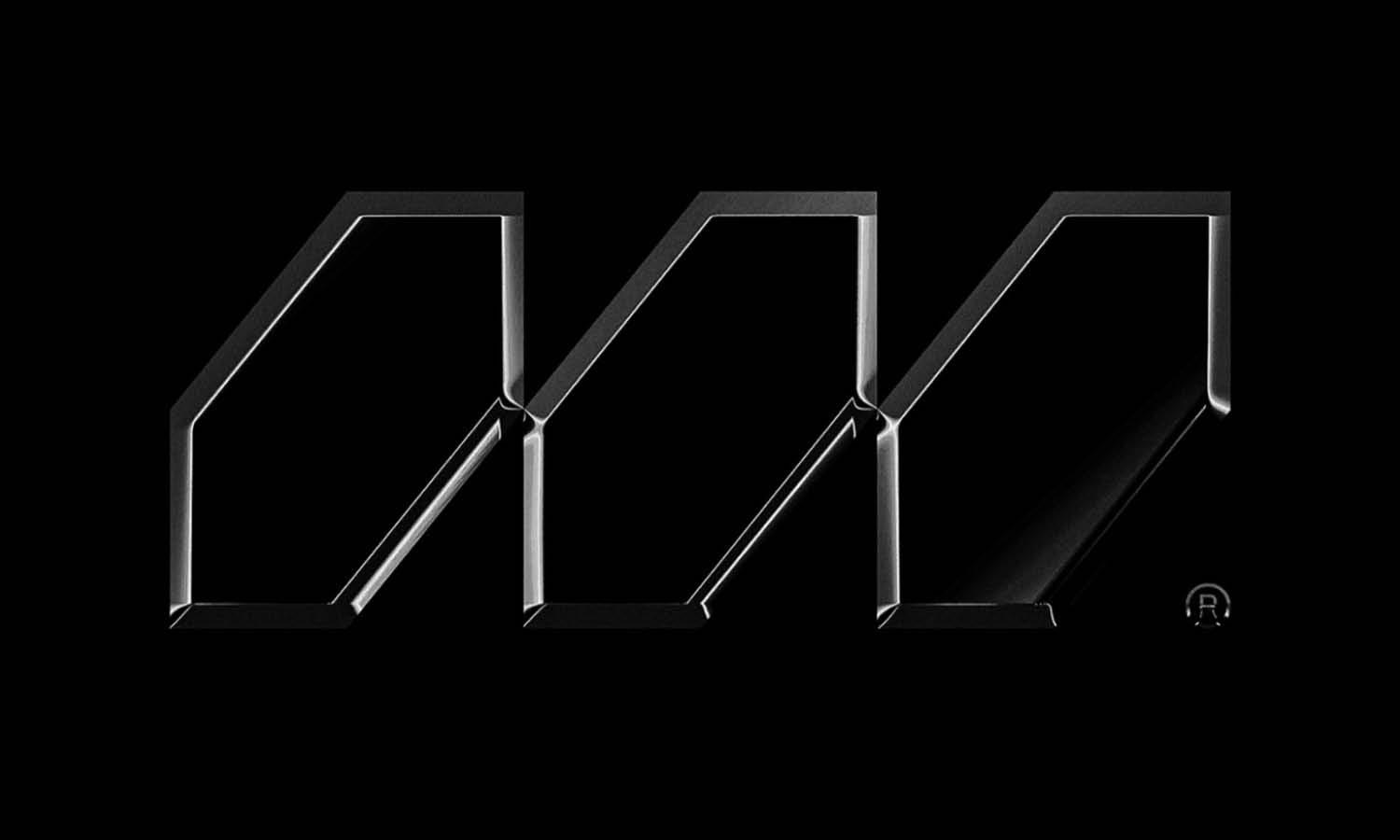

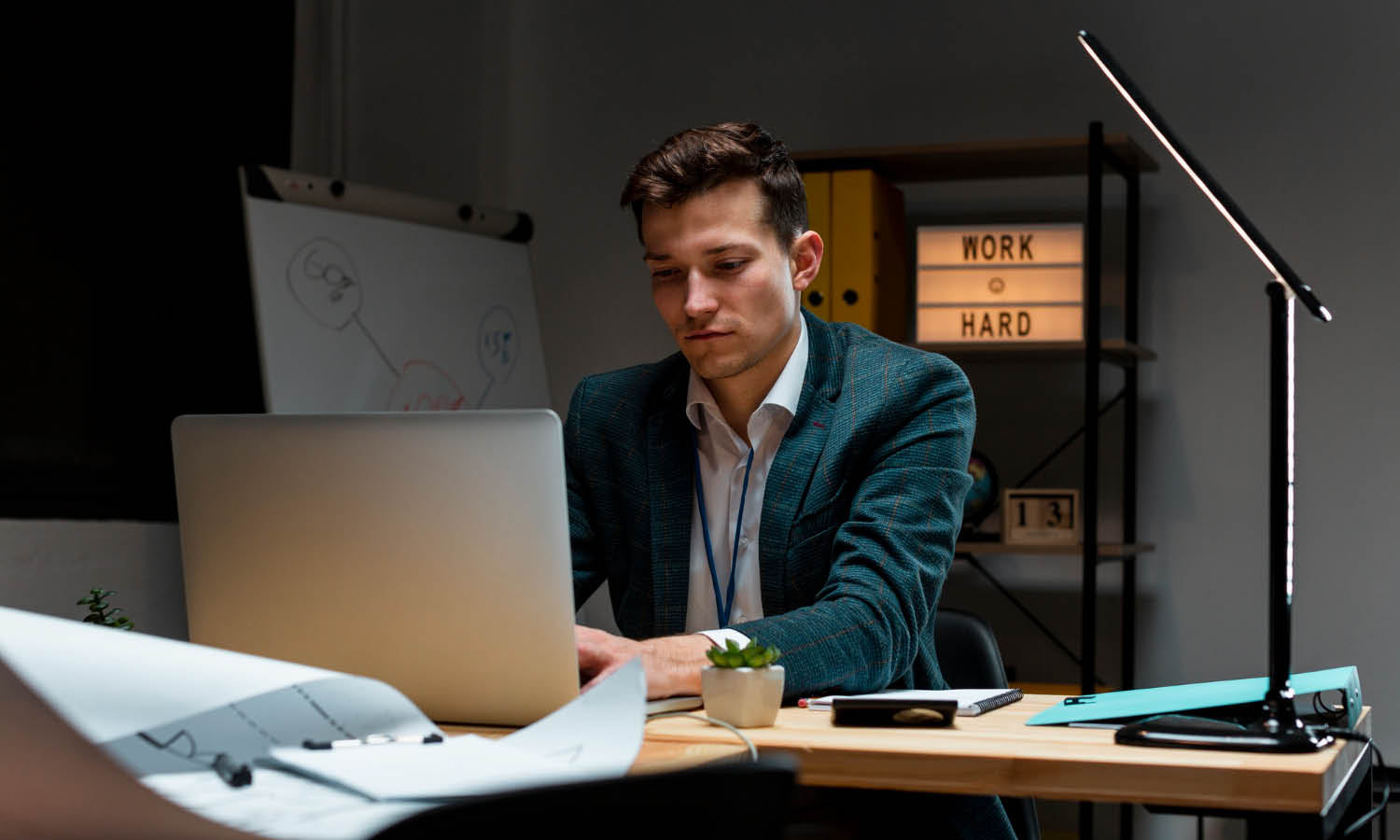
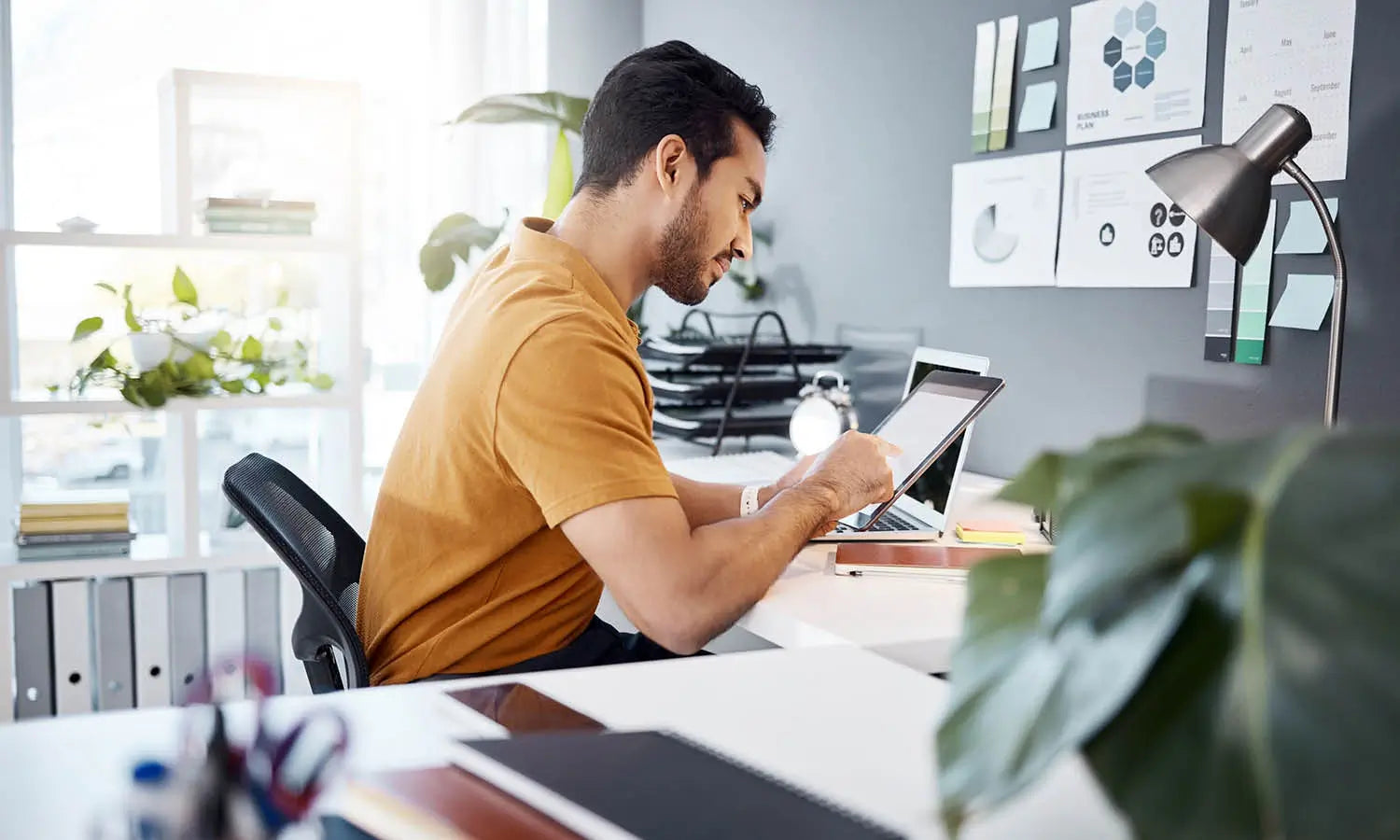
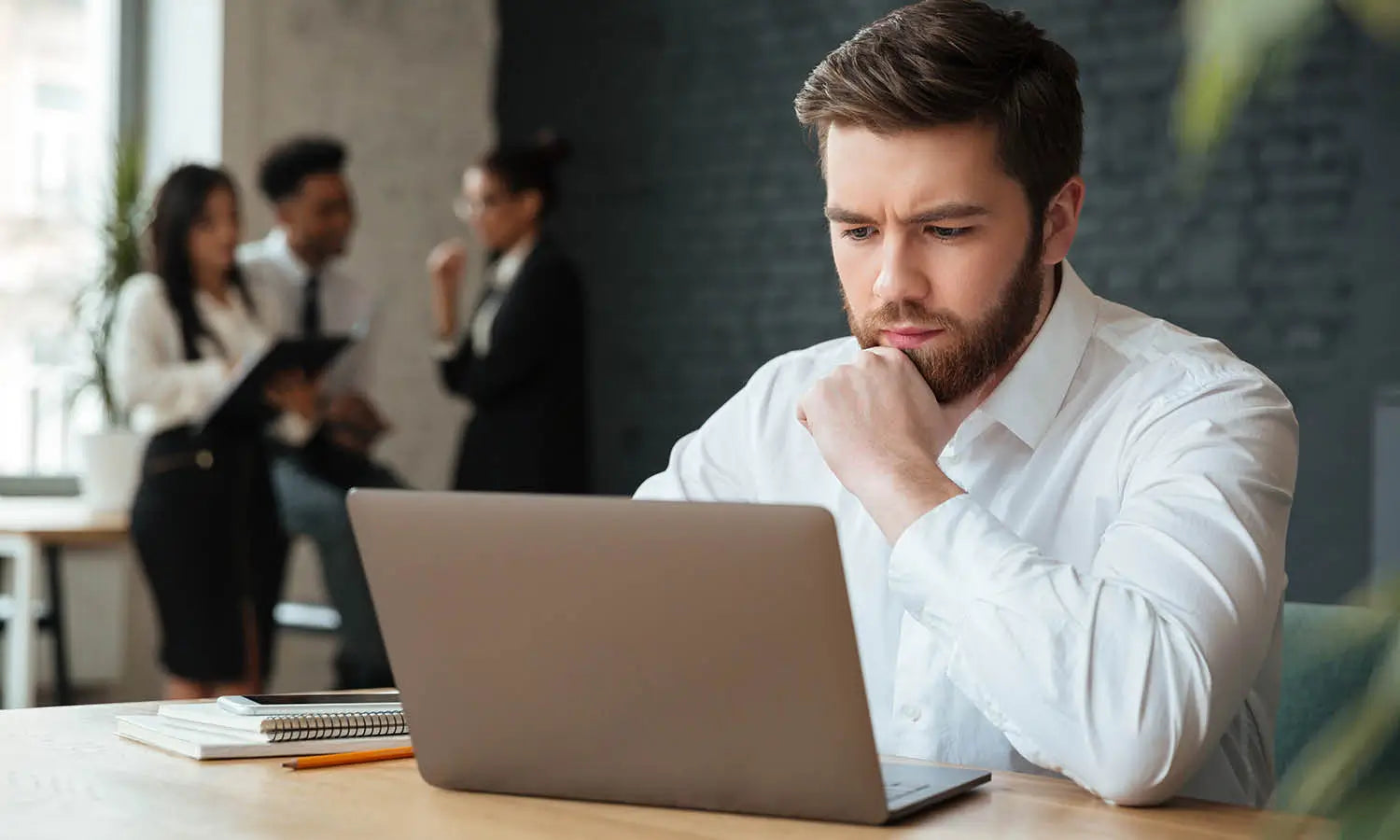







Leave a Comment